*
Corona the Crow, Part One https://jenniferlake.wordpress.com/2022/06/10/corona-the-crow/
Part Two https://jenniferlake.wordpress.com/2022/12/06/corona-the-crow-part-two/
*
“There is wisdom in a raven’s head.” – Gaelic Proverb
Part Three of Corona the Crow aims to extend the mythic and occulted presence of crows and ravens in our lives with an emphasis on art and symbol as it informs this timeless affinity with the birds. We give these creatures the highest possible rank, above our own, in literal and tangible ways that unfold a story about ourselves in their world of shadows and light. To explain it, we’ll look at brain anatomy for the bird brain within and some of the oldest known portable figurative artwork ever found known as ‘Venus figurines’ that lay claim to an age of 300,000 years and older. The challenge will be to rediscover The Muse for yourself and become the curator of your own experience on a journey to ‘seership.’
Along the way, I’m carrying the ‘code’ of numbers, presented in Part Two, with notation that looks like an equal(=56/11)sign in bold with a parenthetical number set. The purpose is to convey a greater complexity of communication for those cultivating “eyes to see,” needing only some scratch paper, a pencil, and a will(=56/11) to proceed. The numbers following select words are the simple sums of English gematria, the letter values of the alphabet (A=1, B=2,C=3…) that bring unseen correspondences to light describing patterns in added dimensions of space, time, and meaning—mind-science in basic math that gives structure to reality. The knowing of added dimensions, I believe, can bring harmony, counterpoint, and complexity of the irregular into one’s field of vision(=88) and attention. Some people call it mindfulness. I think of it as a fertile state of receptivity, filling the holey(=65/11) voids with spirited substance. That said, the quality and quantity of art and artifice filling our holey voids are acts of supreme religious significance, “but assume that religion ought not to be defined in any precise sense” adds Robert Graves. “…can any definition of the word religion be made that is practically relevant to a solution of the present political problems?…The dictionaries give its etymology as ‘doubtful’…[and an] alternative spelling relligio…can be formed only from the phrase rem legere, ‘to choose, or pick, the right thing’…” –pp477-478, The White Goddess. Mindfulness(=136) we’re advised, is a precondition of choosing the right thing.
“The bird brain has been an enigma for years. We now know that avian neurobiology got off on the wrong foot in the late 1800s…[when] biologists were greatly influenced by Darwin’s theory of evolution and Aristotle’s Scala Naturae… We now know that the brain cells (neurons) in the avian pallium [cerebral cortex] are nearly identical to the neurons in the mammalian neocortex… New studies show that birds have more brain cells (neurons) in their pallia than mammals do in theirs. The most intelligent bird groups, songbirds and parrots, have twice as many neurons as primate brains of the same mass. Corvids and large-brained parrots have even more. It is suggested that the large numbers of neurons concentrated in high densities in the pallium substantially contribute to the neural basis of avian intelligence… After a century of being misunderstood and kept in the dark, birds are finally being recognized for having brains with significant cognitive function that rivals or surpasses some primates.” https://www.birdwatchingdaily.com/news/science/science-understands-birds-brains/
“In the past few decades, scientists have learned that the basis of everything they thought they knew about bird brains—that they were largely comprised of the most primitive and instinctual of brain structures—was wrong. Fully 75 percent of the brains of parrots, hummingbirds, and thousands of other species of songbirds is actually made up of a sophisticated information processing system that works much the same way as the locus of human higher-mindedness, the cerebral cortex.” https://www.pbs.org/wgbh/nova/sciencenow/3214/03-brain.html
“All corvids have disproportionately large heads accommodating large brains that endow these birds with exceptional memory and intelligence… Yes, dolphins and people have considerably larger brains relative to their body size than any bird, even the smartest corvid or parrot. But the relative brain size of crows and ravens is more similar to that of mammals, including most primates, than to other birds. Mentally, crows and ravens are more like flying monkeys than they are like other birds.”—p40, In the Company of Crows and Ravens, by John M. Marzluff and Tony Angell.
*
Contemporary artwork from Angela Gonzales, resident artist of the DoE’s Fermi Lab hadron accelerator who passed away in 2015: https://news.fnal.gov/2017/05/fermilabs-pioneering-artist-angela-gonzales-featured-new-art-show/ ; see the virtual exhibition https://history.fnal.gov/virtual/gonzales_wall1.html
Note in AG’s labyrinth below the tree of a raven pair in the center (top). This drawing evokes the many-fold brain matter surrounding the core, with a flying monkey at the gate.
The United States, at its revolutionary founding, has a distinction in time and place as a creation of scientific humanist thinkers. We might take issue with the occulted freemasonic messaging, but the markers adorn the labyrinths in plain sight. I would suggest that Washington D.C. itself was chosen and mapped in the shape of a human brain.
‘Cut’ from the DC capital blueprint at the diagonal northern Boundary line is the ‘cerebral cortex’ of a real brain which might suggest an ‘empty cup’ for a new nation to fill.
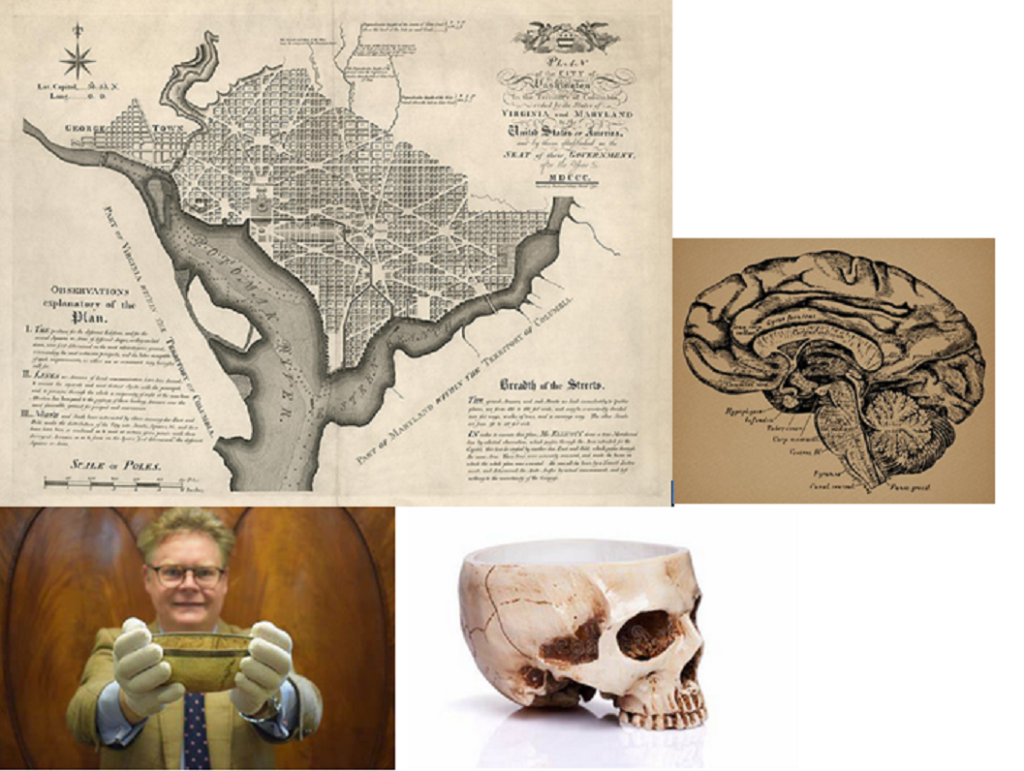
The ‘brain map’ of Washington appears in the first minute of a 3 hour documentary entitled ‘Riddles in Stone’[https://topdocumentaryfilms.com/riddles-in-stone/ ]–flagged, as I see it, by the actor who leaves his left hand on the map with his index finger pointing to the ‘downtown’ in three separate successive shots of the map scene. The importance of the indicator reveals the alignment of the blueprint with the inner structure of the brainstem. Later at minute 1:02 (62 minutes) of the same program, a ceiling panel in the Library of Congress is shown with a crow-inspired image, inscribed with a Latin phrase.
–inscription: Sub umbra alarum tuarum protégé nos— from [KJV]Psalm 17:8
“Únder the shadow of Thy wings”
https://mymemory.translated.net/en/Latin/English/sub-umbra-alarum-tuarum-protege-nos
…[RSV] Psalms 17:8 (full text) –“Keep me as the apple of the eye; hide me in the shadow of thy wings…”
The monumental Library of Congress, largest in the world for its time, was built in the 1890s when the elite of the US were steeped in Gilded Age prosperity and ‘Spiritualism’. The Library’s interior was principally overseen by architect Edward Pearce Casey, son of the chief engineer, who replaced the original architects Smithmeyer & Pelz. Casey had more than 50 artists and sculptors under his nominal supervision. The doors opened November 1, 1897 during the early administration of President William McKinley, assassinated in office September 1901. https://www.politico.com/story/2016/11/library-of-congress-opens-its-doors-nov-1-1897-230513
“On These Walls” inscriptions and quotations in the Library of Congress https://www.loc.gov/loc/walls/jeff1.html
On the landscape, the Library’s ‘Jefferson Building’ is situated ‘above’ the Capitol (=76/13) ‘bird, ’ which I’m proposing is not an owl but a White Goddess, Mother of All. “She” is the brain core (diencephalon) depicted by the greens and central structure of the bicameral meeting halls, topped with a ‘pineal’ dome. The normal orientation of the head of the bird is laying to the east. In this map below, I’ve upturned the crossbar of the national Mall(=38/11) from east/west (‘on the level’) to north/south. The Library is part of the ‘hood’ that surrounds the Capitol.
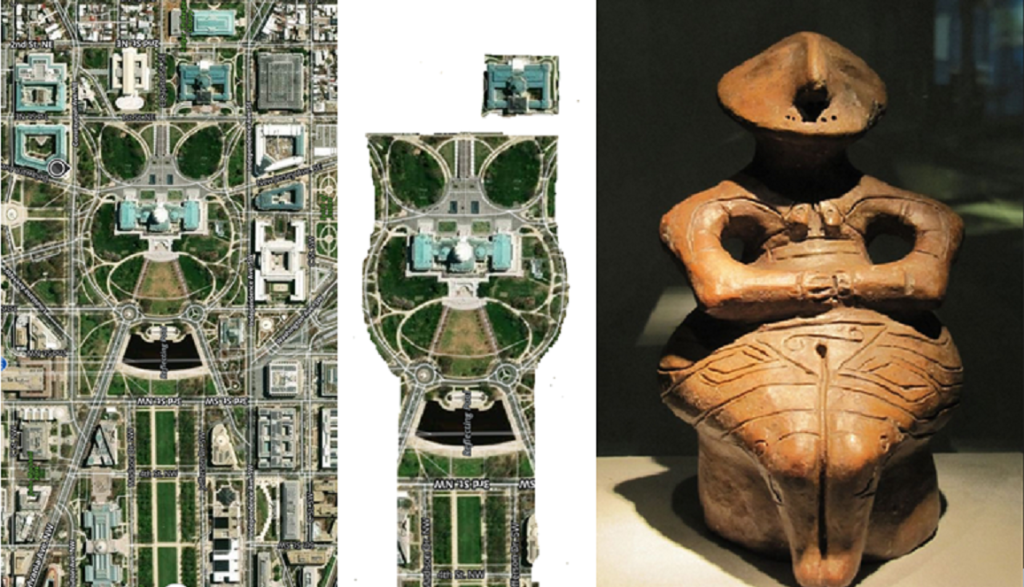
A first glance of the map and a sitting ‘Venus’ together may not convince you that they are both representations of the brainstem. Venus figurines in particular demonstrate a great variety of styles, but none are depicting actual women and their likeness to real birds is doubtful. Among the 200 or so catalogued Venuses, some are headless, pinheaded, or have two heads, and some even have three. A few, I would argue, are not ‘Venuses’ at all. There are examples of the youngest being the crudest, and the oldest as most refined. They come from all parts of the world and date to all epochs of human habitation, the bulk of them dating within the historical Bronze Age because that’s where we look for the story of civilization. But the impression of Venuses in the aggregate, across time and space, is what most tells a story of the “sacred feminine” as the creator within whose curvy shape and bulbous glands reside at the top of the spinal column.
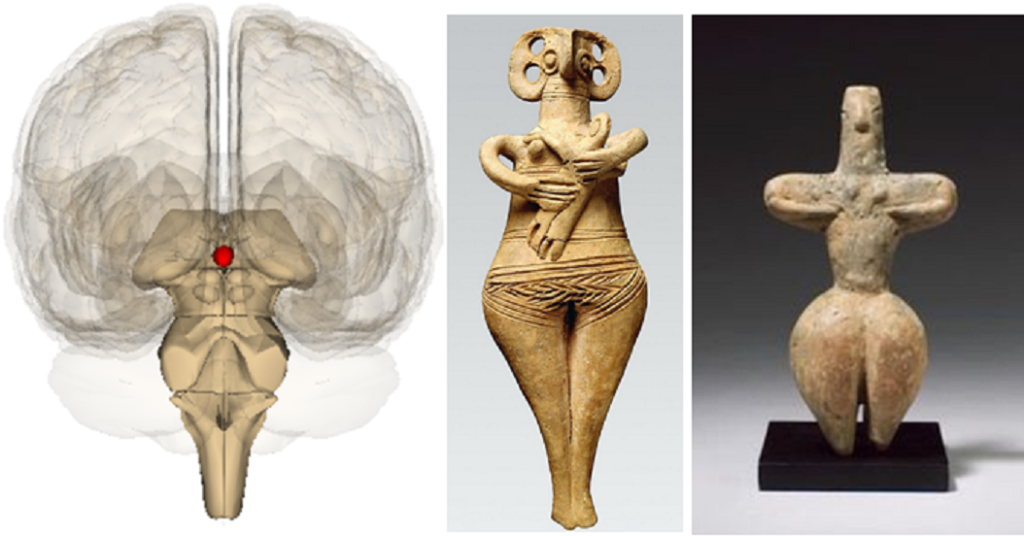
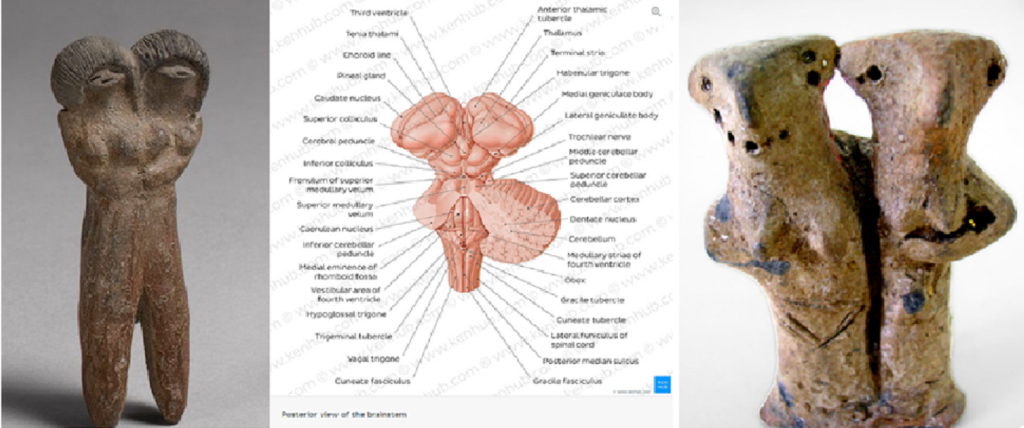
Brain diagrams can vary in style and aspect virtually as much as the figurines being compared and this is part of the mystery of the Venuses. Additionally, not all appear to be simulating human brains. Totem animal brains are just as likely describing variations in our ‘V’s. It would take expert analysis and access to the range of available artifacts to shape a proper hypothesis about the cultures that produced them—beyond the scope of this post. Nevertheless, a few examples suffice to raise the question.
Here’s a general shape comparison of brain anatomy.
The bird brain has special characteristics in the optic lobes appearing in the Venus of Lespugue https://www.etsy.com/listing/1255801347/venus-of-lespugue-reconstructed-high
Is ‘she’ a lovely bird brain? Estimated to be 25,000 years old: “It was discovered in 1922 in the Rideaux cave of Lespugue (Haute-Garonne) in the foothills of the Pyrenees by René de Saint-Périer (1877-1950). Approximately 6 inches (150 mm) tall, it is carved from tusk ivory, and was damaged during excavation… Venus of Lespugue, if the reconstruction is sound, appears to display the most exaggerated female secondary sexual characteristics, especially the extremely large, pendulous breasts. According to textile expert Elizabeth Wayland Barber,[1] the statue displays the earliest representation found of spun thread, as the carving shows a skirt hanging from below the hips, made of twisted fibers, frayed at the end.” https://en.wikipedia.org/wiki/Venus_of_Lespugue
The latest Venus Theory to make news, published in 2020, suggests that ‘feminine’ wisdom from the ancients encouraged packing on body fat in times of climate change(=101):
“A new theory about the iconic Venus figurines has suggested that the sculptures represent how climate change affected humans over 30,000 years ago… The Venus figurines are statuettes depicting obese women that, up until now, were thought to have been associated with fertility and beauty. A recent study published in “Obesity” has suggested instead that the figurines are totems of survival in extreme conditions… Fat is a form of stored energy, said study author Dr. Richard Johnson…professor of medicine at the University of Colorado…and that fat can be lifesaving when food is not available…The researchers took waist-hip and waist-shoulder measurements of all known Venus figurines, which were found over hundreds of years across Europe and western Russia. After comparing the measurements to the geographical locations of where each sculpture was found, the team discovered that the more obese figurines were found further north near the glaciers. The further the figurines were from the glaciers, Johnson said, the less pronounced their body proportions were… “Our studies emphasize how climate change likely had profound effects on human culture and art, and that culture, through art, encoded desired behaviors for survival,” Johnson said… In the case of the Venus figurines, Johnson proposed that they were passed on from mothers to daughters for survival during the winter….” https://www.cnn.com/style/article/venus-figurines-theory-scn/index.html
CNN ‘style’ may have the scientific spin on turning the birds, but the most enduring theory about Venus figurines remains a notion that they are toys. Further trivialization like ‘skirt’ theory and ‘fat’ theory not only lead to wrong questions but rob our cultural endowments of an intellectual and spiritual heritage from far distant time. An example of academic resistance to broader horizons is the experience of archaeoastronomer Chantal Jegues-Wolkiewiez in her studies of Paleolithic cave art, recounted in the documentary Prehistoric Astronomers https://vimeo.com/69245120 On Summer Soltice eve, CJ-W observed, natural sunlight floods the ‘gallery’ of Lascaux cave illuminating the painted ‘zodiac’ as it does in other painted caves, revealing star and planet alignments in the form of animals with great accuracy. “I was stunned” said Chantal who has spent more than a decade roaming the Pyrenees and other mountainous terrain of Europe exploring the rock art. The Lascaux gallery is a younger creation at 15,000 years old than many of the most distinctive Venuses showing their brains.
Another Stone Age find from France in the Grotte du Pape(=38/11), or Cave of the Pope in the nearby Pyrenees village of Brassempouy, turned up one of the most remarkable Venuses: ‘Lady with a Hood’, estimated at 25,000 years old. The humanness of the Brassempouy Venus is a ‘no-brainer,’ right? The speculation runs to her race and headgear. Eight figurines were found in the cave with the Lady-head and one of them is offered as a probable sample of her body, but like all the others known and unknown, little is ever revealed to the public. No reconstruction with a body or comparison of figures is proffered. https://en.wikipedia.org/wiki/Venus_of_Brassempouy
Determined to be of Gravettian culture, it’s difficult to tell if the Lady from Brassempouy is Neanderthal or Cro-magnon. The deeper features visible in overhead lighting show qualities of both and coexistence in Europe for 20,000 years or more is now generally accepted. https://en.wikipedia.org/wiki/Gravettian
“The earliest known Cro-Magnon remains are between 35,000 and 45,000 years old,[1][2] based on radiometric dating. The oldest remains, from 43,000 – 45,000 years ago, were found in Italy[2] and Britain.[3] Other remains also show that Cro-Magnons reached the Russian Arctic about 40,000 years ago.[4][5] Cro-Magnons had powerful bodies, which were usually heavy and solid with strong muscles. Unlike Neanderthals, which had slanted foreheads, the Cro-Magnons had straight foreheads, like modern humans. Their faces were short and wide with a large chin. Their brains were slightly larger than the average human’s is today.[6][7] The name ‘Cro-Magnon’ was created by Louis Lartet, who discovered the first Cro-Magnon skull in southwestern France in 1868. He called the place where he found the skull Abri de Cro-Magnon.[8] Abri means ‘rock shelter’ in French;[8] cro means ‘hole’ in the Occitan language;[9] and ‘Magnon’ was the name of the person who owned the land where Lartet found the skull.[10] Basically, Cro-Magnon means ‘rock shelter in a hole on Magnon’s land.’ This is why scientists now use the term ‘European early modern humans’ instead of ‘Cro-Magnons.’ In taxonomy, the term ‘Cro-Magnon’ means nothing…” https://simple.wikipedia.org/wiki/Cro-Magnon
…but more to the point, “cro means ‘hole’ “…
hole (n.)
“Old English hol (adj.) “hollow, concave;” as a noun, “hollow place; cave; orifice; perforation,” from Proto-Germanic *hulan (source also of Old Saxon, Old Frisian, Old High German hol, Middle Dutch hool, Old Norse holr, German hohl “hollow,” Gothic us-hulon “to hollow out”), from PIE root *kel- (1) “to cover, conceal, save.” https://www.etymonline.com/word/hole
*kel- (1)
“It forms all or part of; apocalypse; Calypso; calyx [chalice]; ceiling; cell; cellar; cellular; clandestine; cojones [courage, testicles]; coleoptera [‘shelled’ or shielded wing]; color; conceal; hall; hell; helm (n.2) “a helmet;” helmet; hold (n.2) “space in a ship below the lower deck;” hole; hollow; holster; housing (n.2) “ornamental covering;” hull (n.1) “seed covering;” kil-; kleptomania; occult; rathskeller [council chamber]; supercilious; Valhalla [Hall of the slain]; William… *kel- (2): Proto-Indo-European root meaning “to be prominent,” also “hill.” It forms all or part of: colonel; colonnade; colophon; column; culminate; culmination; excel; excellence; excellent; excelsior; hill; holm [river island]. It is the hypothetical source of/evidence for its existence is provided by: Sanskrit kutam “top, skull;” Latin collis “hill,” columna “projecting object,” cellere “raise;” Greek kolōnos “hill,” kolophōn “summit;” Lithuanian kalnas “mountain,” kalnelis “hill,” kelti “raise;” Old English hyll “hill,” Old Norse hallr “stone,” Gothic hallus “rock.” ” https://www.etymonline.com/word/*kel-?ref=etymonline_crossreference#etymonline_v_52556
*
An Occitan internet translator today does not return the word hole for ‘cro’ but the word crown. Perhaps the meaning is buried in a more ancient use and confabulation of written and spoken language. The ‘oc’ in Occitan means ‘yes,’ according to language resources, altered to ‘aq,’or drawn from ‘aq’, describing the Pyrenees region by its more familiar name of Aquitaine (Occitania). ‘Yes’ for English speakers equates to assent, homophone to ascent, and certainly descriptive of the raised hills riddled with holey caves. ‘Aq’ means water in Latin (common to mountain caves as rock water and springs) but can otherwise mean ‘height’ or pinnacle and ‘farthest’ in Near Eastern use, cognate with ‘kel-2’. A thousand years ago, Occitan was the written language known as Languedoc (lenga d’oc), attributed to the troubadours emerging from the Middle Ages whose traditions brought the ‘Grail Romances’ to Europe, popularized in medieval stories of Arthur and the people of l’aq. Occitan appears to be the source of the words ‘occipital’ (posterior skull bone) and ‘ram’ meaning branch or trunk of a tree. The word brain in Occitan– cervel or cerveau— is the same as modern French, cerveau, which we might recognize as a ‘crow’ word (from Part One: curb (corb),curve, crevice, service) with the understanding that ancient European manuscripts made indistinguishable marks for ‘b’ and ‘v’, a practice that can be noticed in differences of spelling between French and Spanish. Corb is Occitan for crow or raven without distinctions between them. Modern medical terminology affirms Occitanian cerveau and ‘cervico’ identifies the brain and neck, respectively.
The occipital bone and cruciform eminence https://en.wikipedia.org/wiki/Cruciform_eminence
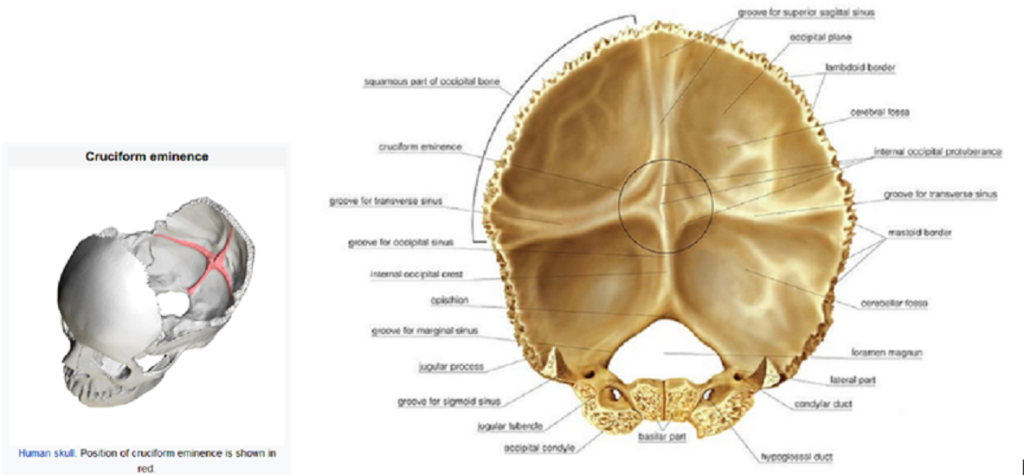
The occipital suture is called the lambdoid suture and the area where it meets the parietal bones at the sagittal sutures is called lambda, taken in name and symbol from the 11th Greek letter Lambda with gematria of 30. “Lambda is derived from the Phoenician Lamed . Lambda gave rise to the LatinL and the CyrillicEl (Л). The ancient grammarians and dramatists give evidence to the pronunciation as [laːbdaː] (λάβδα) in Classical Greek times.” https://en.wikipedia.org/wiki/Lambda
We are getting much closer now to the pagan and syncretic roots of mystic Christendom in northwestern Europe by assessing the symbolic meaning of Venus figurines in the context of brain and skull anatomy. A final ‘language’ association I’ll offer for this post is presented in the Britannica version of the Celtic/Welsh ‘Raven’ god Bran, who is much referenced by Robert Graves in The White Goddess (bold emphasis is mine):
“Brân, (Celtic: “Raven”), gigantic Celtic deity who figured in the Mabinogion (a collection of medieval Welsh tales) as “crowned king over this Island” (i.e., Britain). Because of his stature, he and his court had to live in a tent, as no house had ever been built large enough to contain him. The most important aspect of Brân’s myth concerned his wondrous severed head. The ancient Celts worshiped the human head and believed it to be the seat of the soul, capable of independent life after the death of the body. They thought that it possessed powers of prophecy and was symbolic of fertility. They also believed that one of its functions was to provide entertainment in the otherworld.
“According to the myth, Brân had been mortally wounded and requested his companions to cut off his head. He instructed them to take the head with them on their wanderings, telling them that it would not only provide them with marvelous entertainment and companionship but would also remain uncorrupted as long as they refrained from opening a certain forbidden door. If that door were opened, they would find themselves back in the real world and would remember all their sorrows. Eventually, they were to take the head and bury it on the White Mount in London. All happened as Brân had prophesied, and his companions passed 80 joyous and delightful years. The head was buried in London, where it kept away all invaders from Britain until it was finally unearthed. Brân is also the hero of The Voyage of Brân (see imram).” https://www.britannica.com/topic/Bran-Celtic-god
*Note that the ‘little hat’ accent (called a circumflex) is used with the ‘a’ in Bran meaning the pronunciation has been altered from its original sound (or spelling) –would the original sound be the long ‘a’ sound in Raven, making ‘Bran’ a homophone to the word brain? https://www.lawlessfrench.com/pronunciation/circumflex/
“…At one time, brain was pronounced with g in the middle (its modern trace is i in -ai–; German has Bregen), a circumstance that justified the comparison Bregen ~ brain ~ bregma. The most ancient form of brain must have sounded approximately like bragna. And this is also how bran allegedly sounded millennia ago. Engl. bran is a borrowed word, though its source remains a matter of debate…” https://blog.oup.com/2007/02/why_is_the_brai/
On the far west peninsula of Cornwall (Land’s End) stands the mound of Bran’s Hill, Caer Bran, dated as a hill fort of the late Bronze Age (c.2500-2000 BC). The nearest village by walking trail is called Brane, perhaps confirming and preserving the pronunciation of Bran’s name.
The settlement of Brane is known for the nearby constructions of a uniquely small burial mound and a larger Neolithic stone-lined tunnel called a fogou, of which only a dozen in Europe have reportedly been found:
“Fogous’ central locations inside settlements and the work that evidently went into constructing them indicates their importance to the community, but their original purpose is no longer known.” https://en.wikipedia.org/wiki/Fogou . Mounds from the region, however, offer some insight into these artificial caves as further renderings on the landscape of depicted brains. The Halliggye Fogou chamber, below left, is named ‘Holy’ fogou, clarifying its purpose as sacred. The image on the right is a tabletop model of the Celli Dhu mound (‘bryn’(=59=’crow’), cognate with ‘bran’) in Wales, cutaway to show the internal passage design. Notice in the top half of the model that the central green mound does not fill the outer rock border, suggesting a square pyramid-like base.
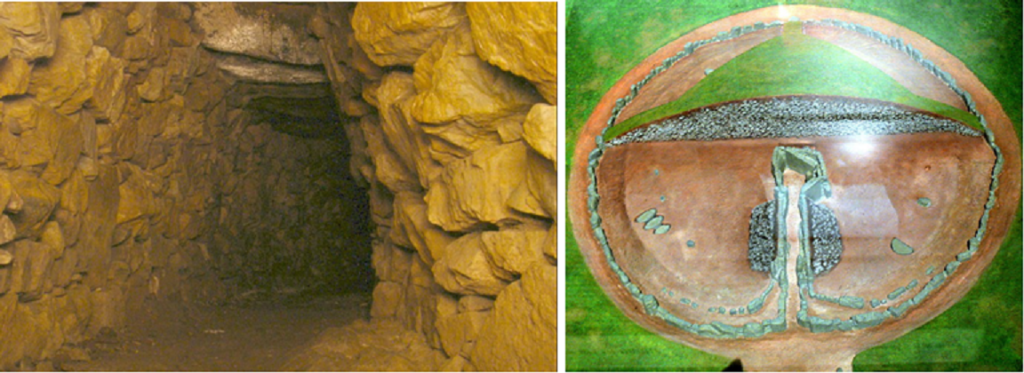
https://en.wikipedia.org/wiki/Halliggye_Fogou ; https://en.wikipedia.org/wiki/Bryn_Celli_Ddu
More than the mounds, I conjecture, the Venus or goddess figurines give us some indication of the great antiquity and ubiquity of brain worship as the light of the mind.
Robert Graves writes of Bran(=35/8): “The Bran cult seems also to have imported from the Aegean. There are remarkable resemblances between him and the Pelasgian hero Aesculapius who, like the chieftain Coronus (‘crow’) killed by Hercules, was a king of the Thessalian crow-totem tribe of Lapiths. Aesculapius [Asklepius] was a Crow on both sides of the family: his mother was Coronis (‘crow’), probably a title of the Goddess Athene to whom the crow was sacred. Tatian, the Church Father, in his Address to the Greeks, suggests a mother and son relationhip between Athene and Aesculapius… Aesculapius’s father was Apollo whose famous shrine of Tempe stood in Lapith territory and to whom the crow was also sacred; and Apollo is described as the father of another Coronus, King of Sicyon in Sicily. The legend of Aesculapius is that after a life devoted to healing, he raised Glaucus, son of Sisyphus the Corinthian, from the dead, and was burned to cinders by Zeus in a fit of jealousy…Bran was likewise destroyed by his jealous enemy Evnissyen, a comrade of Matholwch King of Ireland to whom he had given a magical cauldron for raising dead soldiers to life… Apollo was not at that time a Sun-god, but an Underworld oracular hero.” –pp52-53, The White Goddess.
“Athena[b] or Athene,[c] [with two ‘e’s=53/8] often given the epithet Pallas,[d] is an ancient Greek goddess associated with wisdom, warfare, and handicraft[1] who was later syncretized with the Roman goddess Minerva… In Greek mythology, Athena was believed to have been born from the forehead of her father Zeus… Since the Renaissance, Athena has become an international symbol of wisdom, the arts, and classical learning. Western artists and allegorists have often used Athena as a symbol of freedom and democracy.” https://en.wikipedia.org/wiki/Athena . “The most ancient talismanic effigies of Athena”, Ruck and Staples report, “were magical found objects, faceless pillars of Earth in the old manner, before the Goddess was anthropomorphized and given form through the intervention of human intellectual meddling… The goddess Athena was worshipped on the Acropolis of Athens under many names and cults, the most illustrious of which was of the Athena Poliás, “protectress of the city”. The cult image of the Poliás was a wooden effigy, often referred to as the “xóanon diipetés” (the “carving that fell from heaven”)… Its presence was last mentioned by the Church Father Tertullian who described it derisively as nothing but “a rough stake, a shapeless piece of wood“.[19] Earlier descriptions of the statue have not survived. ” https://en.wikipedia.org/wiki/Palladium_(classical_antiquity)
The Neolithic ivory Venus from ‘Malta’, first on the left, looks like a probable ‘rough stake‘ Athena
More of the Malta type from the Upper Paleolithic period (approx..45,000-15,000 BCE) come from a Siberian site called Mal’ta-Buret, named for two locations near Lake Baikal on an interconnected river system. The Siberian Malta venuses below are made from mammoth tusk and reindeer antler, dating to about 18,000 years BP. https://www.donsmaps.com/malta.html
What seems to distinguish ‘Malta’ from other paleolithic venus figurines is the human qualities of heads with hair or hoods, faces and arms. Similar to the refined and older Lady with a Hood from Brassempouy, these human-headed figures may be depicting the diencephalon which is flanked by the curving fornix/hippocampus (‘arms’) and covered by the corpus callosum. “The corpus callosum is only found in placental mammals…” https://en.wikipedia.org/wiki/Corpus_callosum .
Our ‘bird ladies’, by contrast, appear to be shaped by bird brain gross anatomy. The oldest central European venus unearthed to date is approx. 42,000 years old, found in the Jura Mountain range of southern Germany (Swabia) at the Hohle Fels (‘hollow rock’) cave along with a flute– to my eyes, ‘she’ is a bird brain.
The Human Mind
Athene, favorite daughter of Zeus, is known for wearing a large helmet of invisibility: “In classical mythology, the Cap of Invisibility (Ἅϊδος κυνέη (H)aïdos kyneē in Greek, lit. dog-skin of Hades) is a helmet or cap that can turn the wearer invisible,[1] also known as the Cap of Hades or Helm of Hades.[2] Wearers of the cap in Greek myths include Athena, the goddess of wisdom, the messenger god Hermes, and the hero Perseus. Those wearing the Cap become invisible to other supernatural entities, akin to a cloud of mist sometimes used to remain undetectable…” https://en.wikipedia.org/wiki/Cap_of_invisibility
Athene’s cap bears a striking comparison to the brain’s corpus callosum.
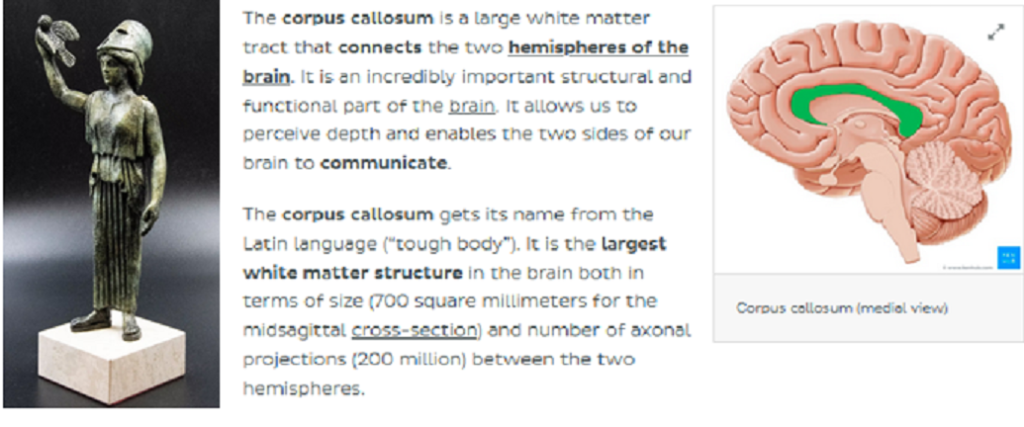
Athene’s cap is equated to the Veil of Isis, being the same White Goddess originating in Greece: “The first mention of the veil of Isis appears in On Isis and Osiris, a philosophical interpretation of ancient Egyptian religion by Plutarch, a Greek writer in the late first and early second centuries CE. Plutarch wrote of a seated statue of a goddess in the Egyptian city of Sais that bore the inscription “I am all that has been and is and shall be; and no mortal has ever lifted my mantle.” Plutarch identified the goddess as “Athena, whom [the Egyptians] consider to be Isis.” According to Graves, “Queen Isis, daughter of King Inachus, [came] from Greece to Egypt… Inachus, a river-god and legendary king of Argos, was the father both of the Goddess Io, who became Isis when she reached Egypt, and of the hero Phoroneus, founder of the Pelasgian [pre-Greek] race, who has been already identified with the God Bran, alias Cronos.” –p233, The White Goddess. One can see that the totem bird on Athene’s Corinthian coin is not an owl, but more resembles a crow. https://en.wikipedia.org/wiki/Ancient_Corinth
Wikipedia’s citation for ‘Veil of Isis’ is inaccurate, in my opinion, but worth the pictures. I’ve added more conceptually correct words in brackets : “The veil of Isis is a metaphor [depiction] and allegorical artistic motif in which nature [the brain] is personified as the goddess Isis covered by a veil or mantle, representing the inaccessibility of nature’s [the mind’s] secrets. It is often combined with a related motif, in which nature [the brain] is portrayed as a goddess with multiple breasts who represents Isis, Artemis [=Athene] or a combination of both.” https://en.wikipedia.org/wiki/Veil_of_Isis
Wikipedia’s picture references for Veil of Isis: On the left is a statue given to Herbert Hoover in 1922 and later installed at his Iowa birthplace: “Visitors to the Herbert Hoover Presidential Library-Museum and the Herbert Hoover National Historic Site who have made the short walk to the Birthplace Cottage will have encountered the seven and a half foot tall statue of Isis…[that] was a gift to Herbert Hoover from the Belgian people in gratitude for his work directing the Commission for Relief in Belgium during World War I. The statue was originally located on the campus of Stanford University in California until it was moved to West Branch in 1939…” https://hoover.blogs.archives.gov/2015/08/18/isis-the-wandering-goddess/ ; Hoover, raised as a Quaker, became a Californian to attend the new Stanford University, graduating with the first student class. At some point during his early years in government service, he became a Bohemian Grove habitue maintaining his status and nickname of ‘chief’ with the gathered subdivision called ‘Cave Man Camp’. On the right (Animal Anatomy) the goddess image is a distinctively human brainstem with its thalamus ‘head’ being exposed under the corpus callosum veil. Her multiple breasts correspond to the colliculi which protrude beneath the pineal gland (shown red, below in posterior view) which this engraving depicts as a ‘sun’– a madonna-and-child motif in many of the Bronze Age figurines, including statues of Isis and Horus.
The Bird’s Eye
A small sampling of three venuses (below) from pre-dynastic Egypt—the First Dynasty is dated to 3100BC– is suggestive of eyesight within the brain. The first bird-headed goddess with upturned arms evokes the Eye-of-Horus in addition to the hippocampus ; the other two bearing humanoid features, have small wrapped arms crossing the midsection—these arms suggest the optic tract that criss-crosses the anterior brainstem and wrap around the midbrain toward the (colliculi) front of the goddess lying posterior on the brainstem (facing the occipital visual cortex).
…”Birds can see ultraviolet (UV) light because, unlike humans, their lenses and other ocular media transmit UV, and they possess a class of photoreceptor which is maximally sensitive to violet or UV light, depending on the species. Birds have a tetrachromatic color space, as compared to the trichromacy of humans…” https://www.researchgate.net/publication/248198362_Ultraviolet_Vision_in_Birds
“Bird brains are not entirely like our brains… We know that the forebrain is important to learning and memory because it is largest in birds that excel in learning tests… Another portion of the forebrain known as the hippocampus may be most important in spatial memory. In many corvids…the hippocampus is huge. It may even expand during the autumn when caching [food] is common… Large forebrains do more than aid with spatial memory. They also allow corvids to discriminate finely among similar objects, live in rapidly changing environments, and enhance their social lives… Common Ravens show an ability to imagine an outcome… If a caching Common Raven is being watched, it will try to fake-out the would-be cache-robber with false probes…or simply sneaking out of sight. Apes are also flexible [in] forming alliances or deceiving to achieve a desired outcome…where natural selection favors individuals that can learn, remember, and adjust.” –pp42-47, In the Company of Crows and Ravens, 2005, Marzluff and Angell
Will we learn from the birds?
[2017] “Current interpretations of hippocampal memory function are blind to the fact that viewing behaviors are pervasive and complicate the relationships among perception, behavior, memory, and brain activity… This new perspective on hippocampal function harmonizes with the fact that memory formation and exploratory viewing are tightly intertwined.” https://www.sciencedirect.com/science/article/abs/pii/S1364661317301092
Eye of Horus: symbols of the Science of Light

“The wavelength of light, which is related to frequency and energy, determines the perceived color… The edges of the visible light spectrum blend into the ultraviolet and infrared levels of radiation… The order of wavelengths can be remembered by the mnemonic “Roy G Biv” for red, orange, yellow, green, blue, indigo (the blue/violet border), and violet… The human eye and brain can distinguish many more colors than those of the spectrum. Purple and magenta are the brain’s way of bridging the gap between red and violet… Among humans, there is variation between how far into red and violet the eye can see. Most animals that can see ultraviolet can’t see infrared…” https://www.thoughtco.com/the-visible-light-spectrum-2699036 “A black light gives off highly energetic ultraviolet light. You can’t see this part of the spectrum, which is how “black” lights got their name. Fluorescent substances absorb the ultraviolet light and then re-emit it almost instantaneously. Some energy gets lost in the process, so the emitted light has a longer wavelength than the absorbed radiation, which makes this light visible and causes the material to appear to glow. Fluorescent molecules tend to have rigid structures and delocalized electrons. [For example] The bitter flavoring of tonic water is due to the presence of quinine, which glows blue-white when placed under a black light… Vitamin A and the B vitamins thiamine, niacin, and riboflavin are strongly fluorescent… Chlorophyll makes plants green, but it also fluoresces a blood red color… Fluorescent rocks include fluorite, calcite, gypsum, ruby, talc, opal, agate, quartz, and amber… Many body fluids contain fluorescent molecules… Some of the proteins within a jellyfish are intensely fluorescent…” https://www.thoughtco.com/what-glows-under-a-black-light-607615
“Ultraviolet light (UV), which ranges from 10 to 400 nanometers, is not detectable to the human eye. Yet, new research from the University of Georgia found that people can see ultraviolet light, and the health implications may be significant. In a [2017] study recently published in PLOS One, co-authors Billy R. Hammond and Lisa Renzi-Hammond show that 100 percent of the participants, all young adults, were able to detect an isolated UV peak at 315 nm. ‘Every textbook that is written on vision, optometry, ophthalmology, introduction to psychology, sensation and perception all say the same thing, that humans cannot see ultraviolet light. We have now shown otherwise,’ said Renzi-Hammond.” https://publichealth.uga.edu/uga-study-finds-people-can-see-uv-light-opens-questions-about-consequences-for-eye-health/ —this ‘public health’ report about seeing UV is couching the implications of seeing UV in the negative to eye health, but I entreat you to watch and listen to the video linked below, “Immortality and Time Travel” and the value of UV energy to your mind’s eye.
“Our lenses typically block out UV, but people who have lost their lenses to surgeries or accidents can perceive UV as whitish blue. This happened to the painter Claude Monet, who lost his left lens at the age of 82. He began seeing the UV light that reflects off water lilies, and started painting them as whitish blue instead of white. Monet aside, most people can’t see UV, which probably explains why scientists were so eager to believe that the ability was rare. In fact, the opposite is true. Most animals that can see color can see UV. It’s the norm… For us, UV feels enigmatic and intoxicating. It’s an invisible hue lying just on the edge of our vision—a perceptual void that our imaginations are keen to fill. Scientists have often attributed special or secret significance to it, treating it as a channel for covert communication… They might eventually realize that it is just another color, special mainly in its absence from their vision. And they might wonder what it would be like to add it to their Umwelt, bolstering their three dimensions of color with a fourth.” https://www.sciencefriday.com/articles/ultraviolet-light-animals/
Immortality and Time Travel https://rumble.com/vk2iaz-the-physics-of-immortality-and-time-travel.html; Drs Ana Maria Mihalcea and Keryn Johnson
Time(=47/11), conventionally, is the Fourth Dimension(=190). In Corona the Crow part two, I picked up the theme of Time with a decoding of the movie Back to the Future and its correspondence to the number ’19,’ a calendar-associated number, and the variety of ‘ones’ and ‘nines’ in conjunction with signal events. But Time, dissociated from calendars, is a broader concept in physics that incorporates quantum functions, specifically in optical devices known as “time crystals.” The Magenta messaging as a fourth dimension color code seems to be the ‘secret communication’ taking place across the digital media spectrum, happening before our very eyes, elaborated on by the phenomenal researcher Stephers in her brilliantly sequenced thesis “World Building, One Magenta Beacon at a Time”: http://web.archive.org/web/20220824022004/https://pieceofmindful.com/2022/07/20/w0rldbu1ld1ng-one-magenta-beacon-at-a-time/
A discussion of time crystals and quantum dots in the manifest technology disseminating in Covid-19 injection fluid is a not-to-miss video interview by Maria Zeee and her guests Karen Kingston and Dr. Ana Maria Mihalcea. I highly recommend pausing to read the patents presented by Karen K. Vaxxed and unvaxxed alike display the technology in their blood samples. https://rumble.com/v1xjnf6-covid-is-a-technological-and-biological-weapon-hybrid-to-introduce-mind-con.html
[patent excerpt, minute34, 35] “Semiconductor nanocrystals (also known as quantum dot particles) whose radii are smaller than the bulk exciton Bohr radius constitute a class of materials intermediate between molecular and bulk forms of matter. Quantum confinement of both the electron and hole in all three dimensions leads to an increase in the effective band gap of the material with decreasing crystallite size. Consequently, both the optical absorption and emission of [the] semiconductor nanocrystals shift to the blue (higher energies) as the size of the nanocrystal gets smaller… The terms ‘semiconductor nanocrystal,’ ‘quantum dot’ and ‘Qdot nanocrystal’ are used interchangeably herein to refer to semiconductor nanoparticles composed of an inorganic crystalline material that is luminescent (i.e. they are capable of emitting electromagnetic radiation upon excitation) and include an inner core of one or more first semiconductor materials that is optionally contained within an overcoating or ‘shell’ of a second semiconductor material…” [patent excerpt minute 38:56–] “By ‘luminescence’ is meant the process of emitting electromagnetic radiation (light) from an object. Luminescence results when a system undergoes a transition from an excited state to a lower energy state with a corresponding release of energy in the form of a photon. These energy states can be electronic, vibrational, rotational, or any combination thereof… The external source of energy can be of a variety of types including chemical, thermal, electrical, magnetic, electromagnetic, and physical [mechanical], or any other type of energy source capable of causing a system to be excited into a state higher in energy than the ground state… The energy of the photons emitted during luminescence can be in a range from low-energy microwave radiation to high-energy x-ray radiation. Typically luminescence refers to photons in the range from UV to IR radiation. [oo64] The nanoparticles of the invention may also be metallic. Such particles are useful, for example, in surface-enhanced Raman scattering (SERS) which employs nanometer-sized particles onto which Raman active moieties (e.g. a dye or pigment…) are adsorbed or attached…”
Corona(=66) paradigm(=69), 66+69=135/9
Raman(=47/11) nanobot(=81/9), 47+81=128/11
Luminescent=135/9
Quantum(=107) dot(=39), 107+39=146/11
Nano(=44) particle(=84), 44+84=128/11
Ultra=72/9
Violet=83/11
*
Covid-19(=72/9)
pandemic(=65/11)
********************************************************************************************************************************************
******************************************************************************************************
*******************************************************************
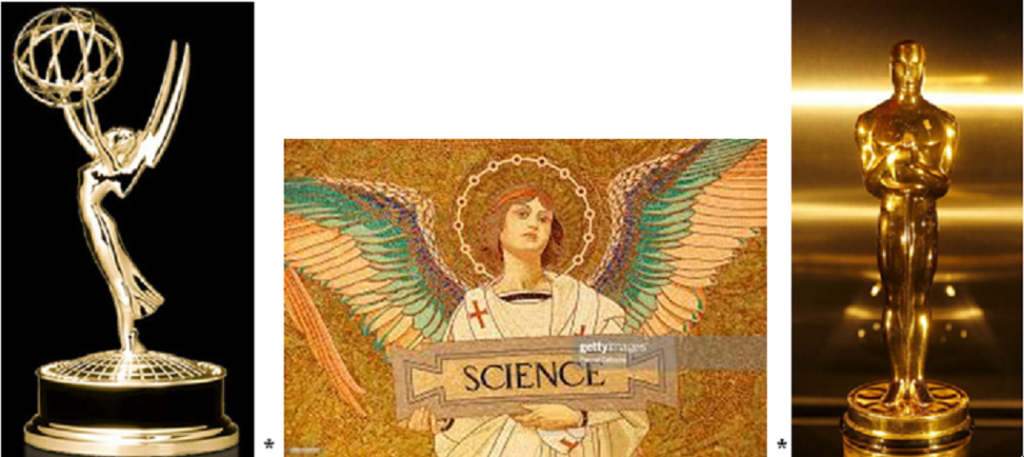
Emmy(=56/11)………and………Oscar(=56/11)
Venus(=81/9) worship(=108/9), 81+108=189=18/9
Star(=58) player(=77), 58+77=135/9
Hollywood(=129) royalty(=116),129 +116=245/11
mind(=40) control(=97), 40+97=137/11
***
Crow(=59) + Raven(=60), 59+60=119
*
*
*
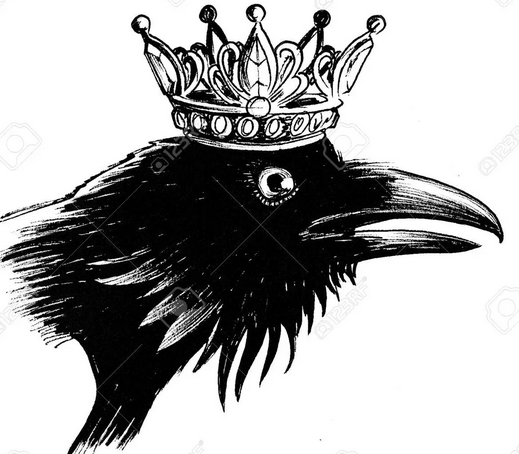
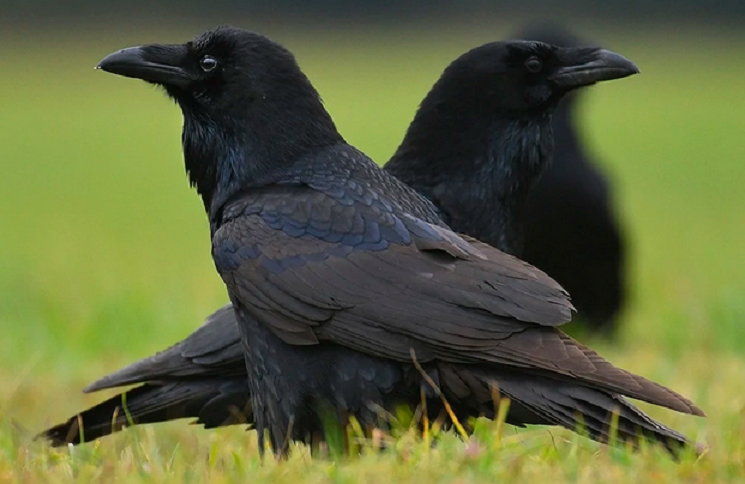
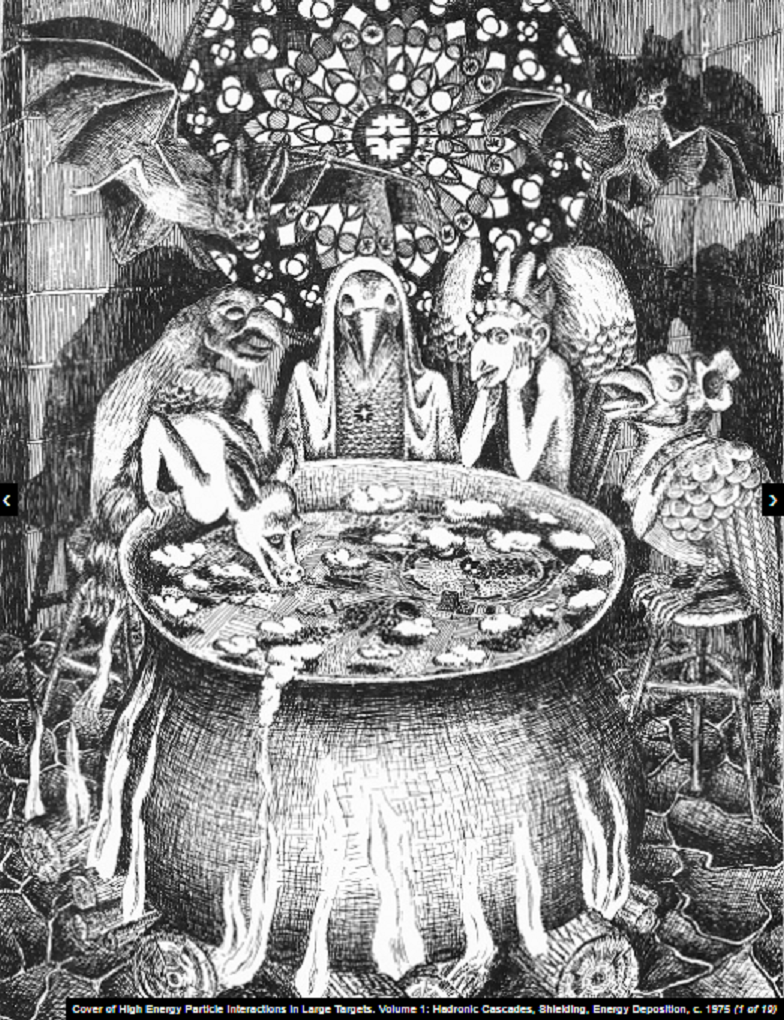
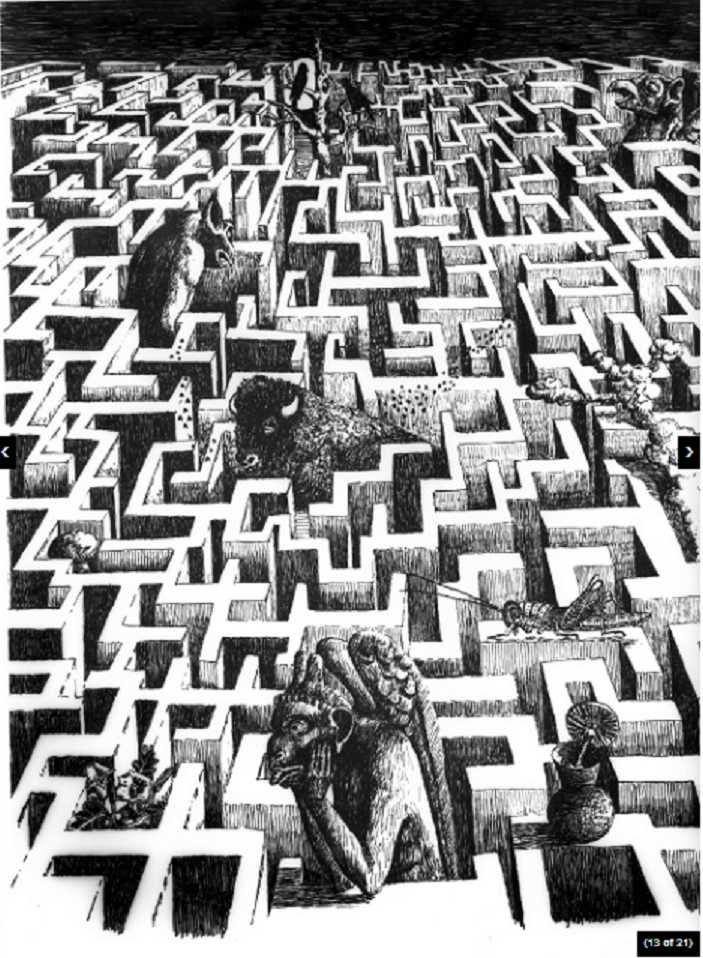
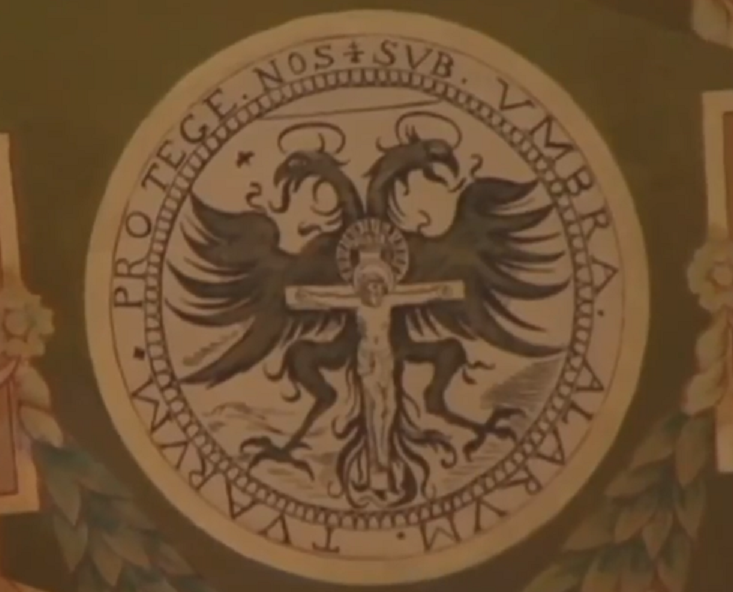
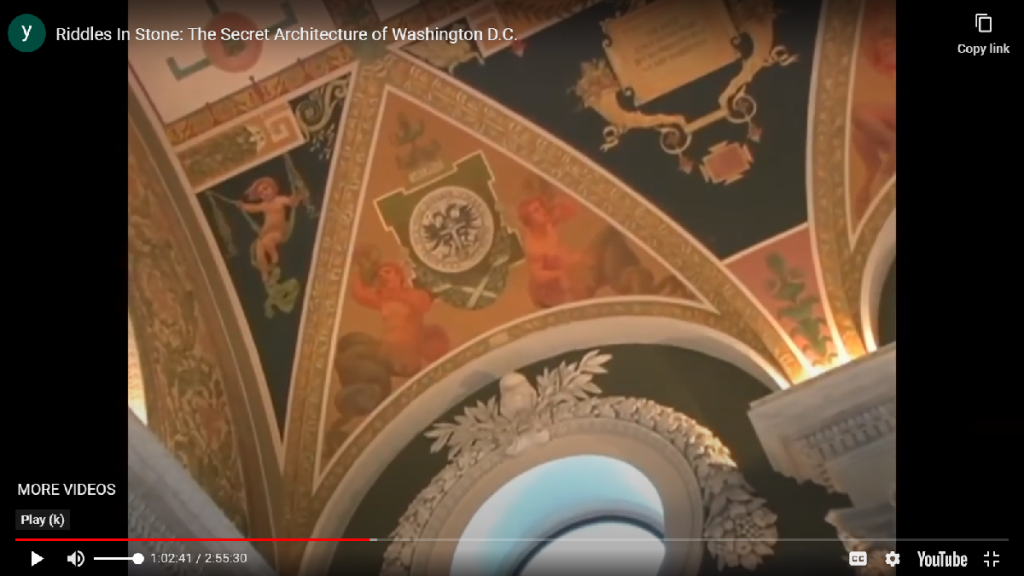

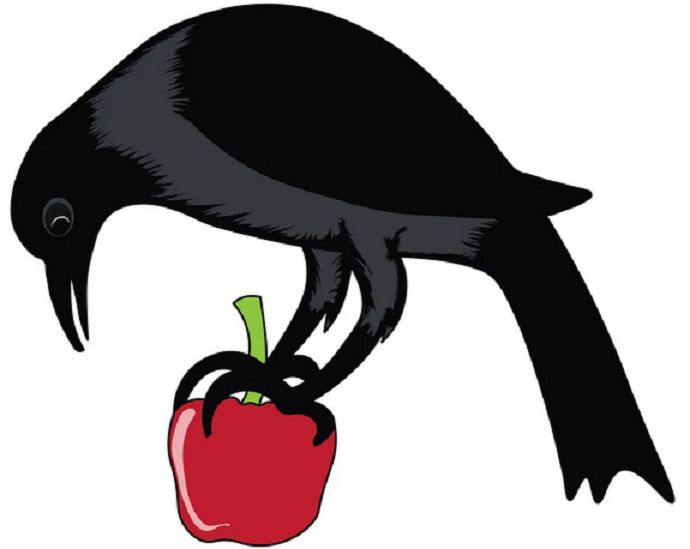
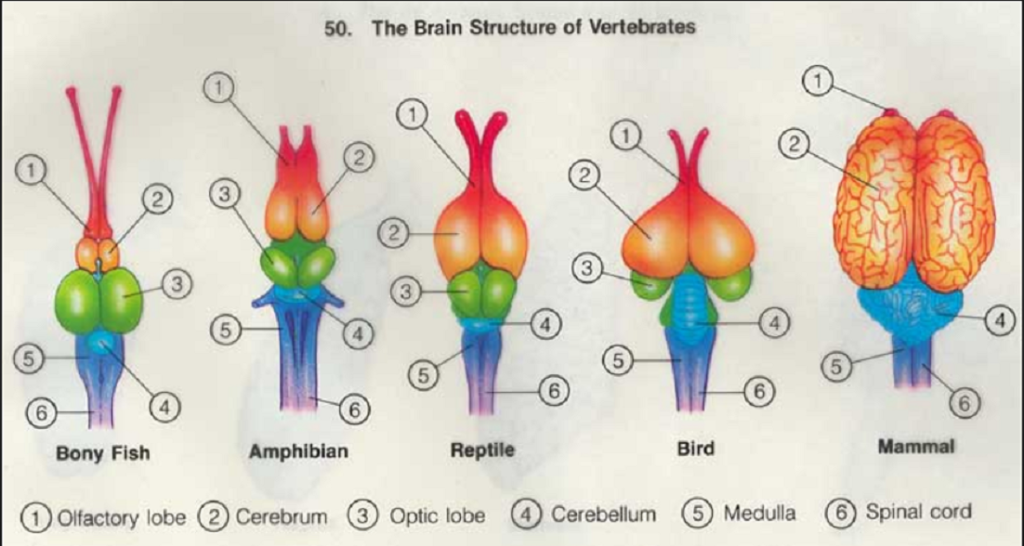
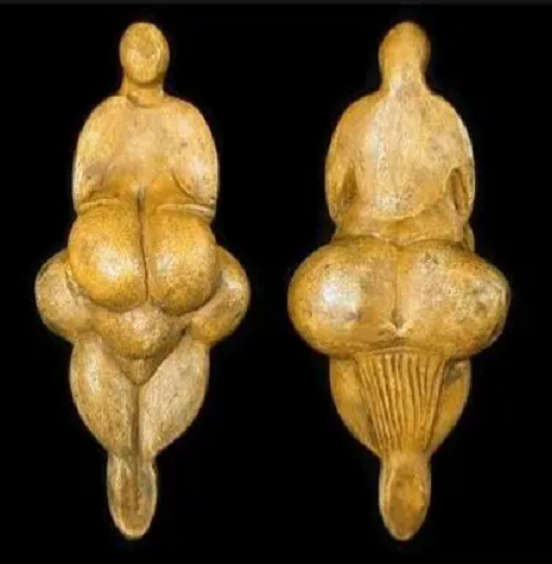

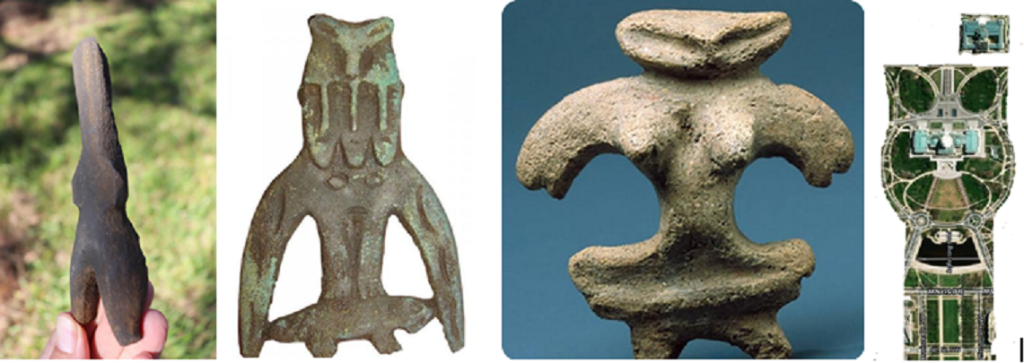
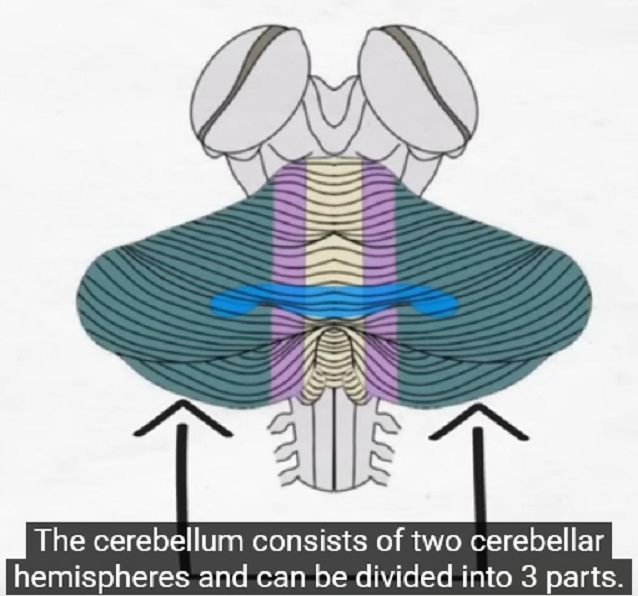
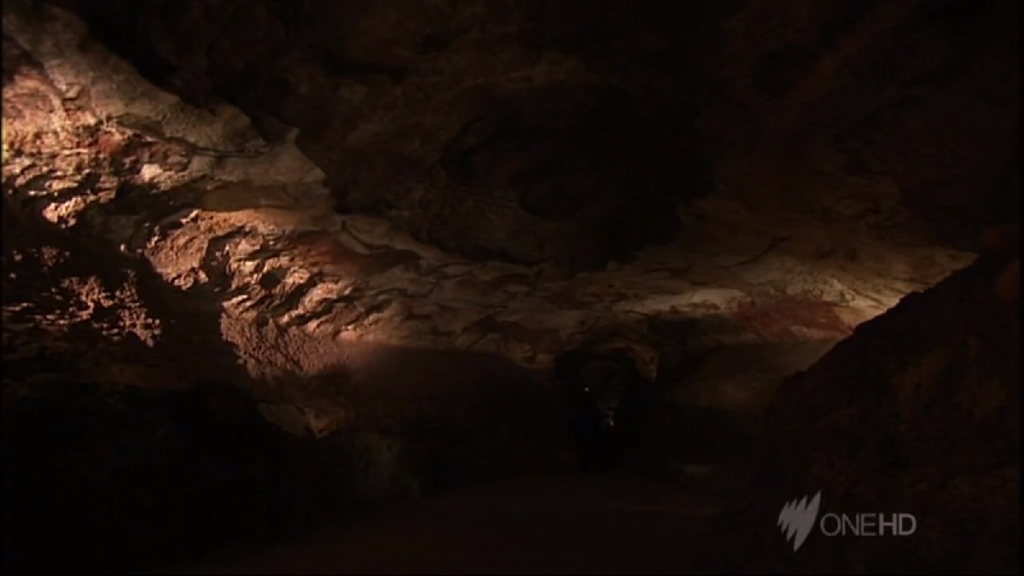
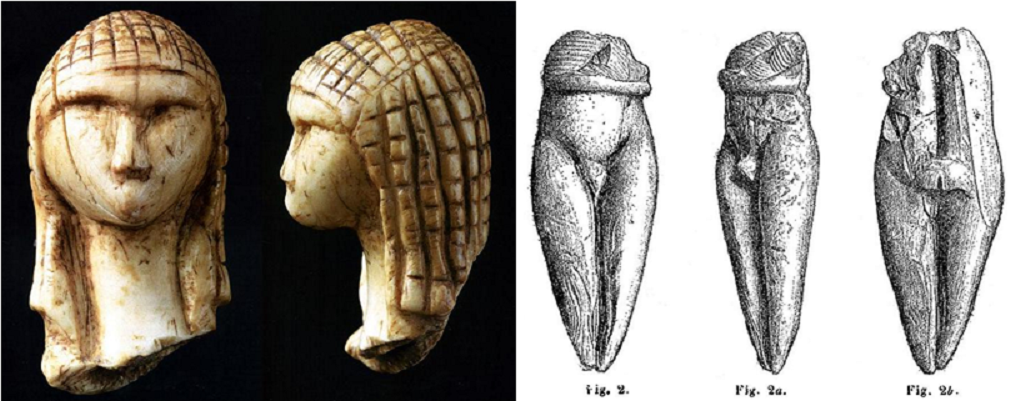

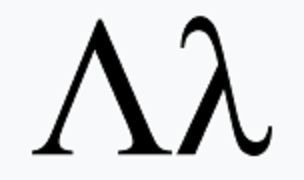
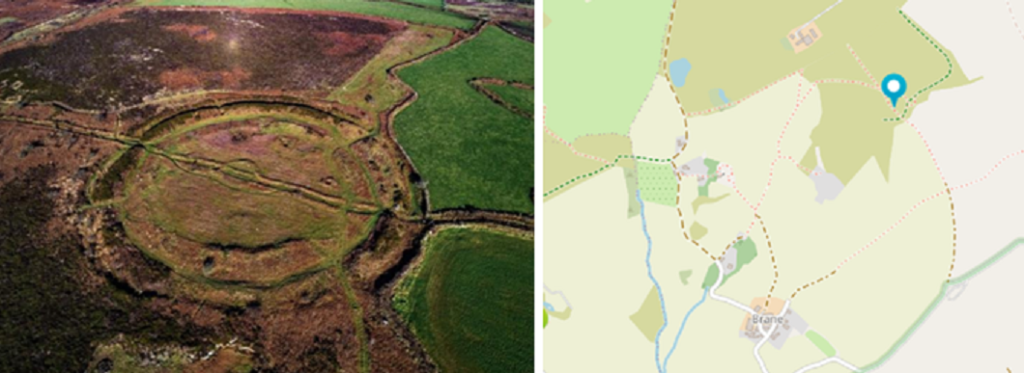

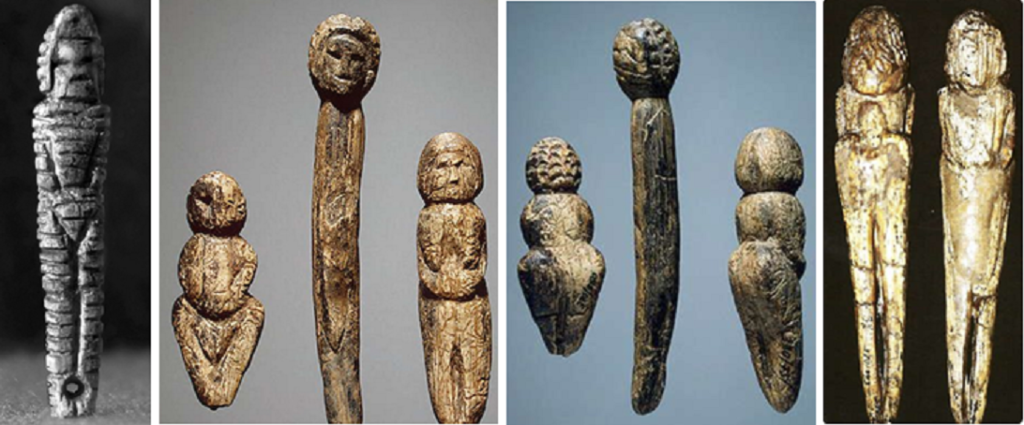

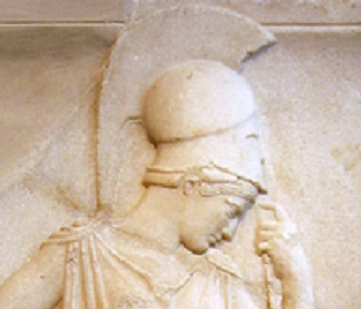
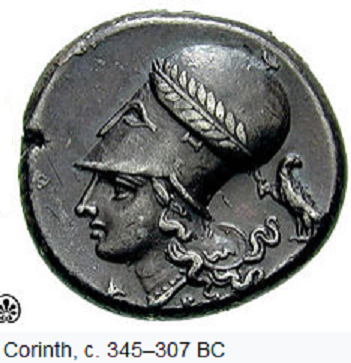
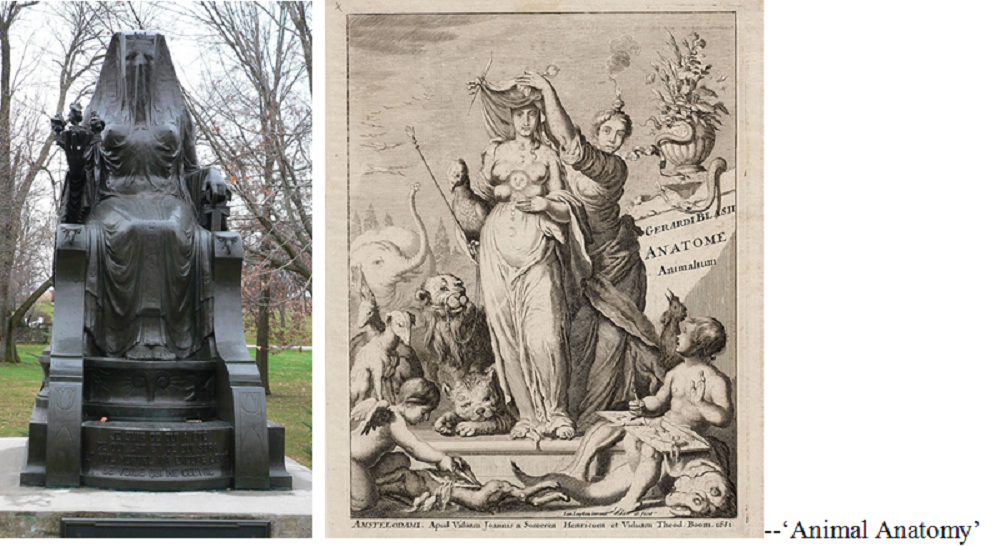
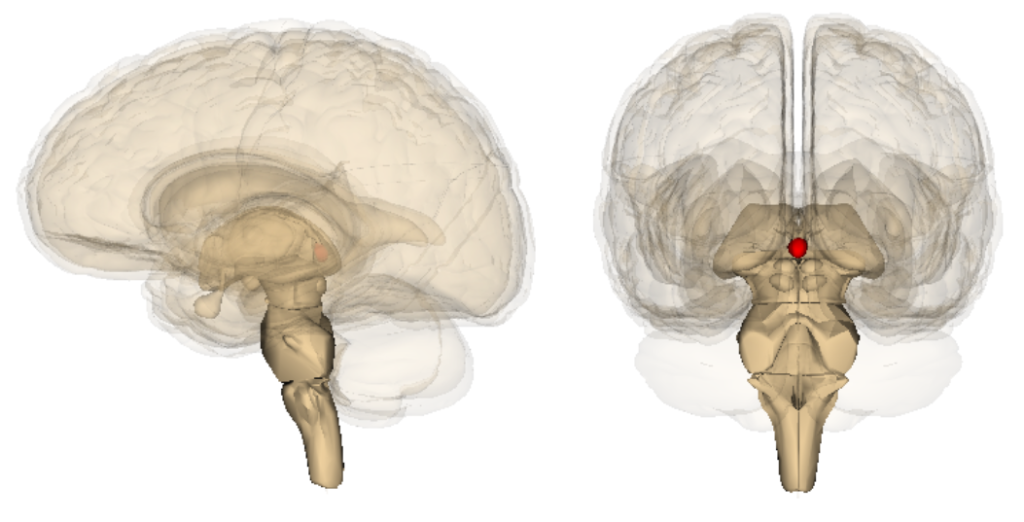
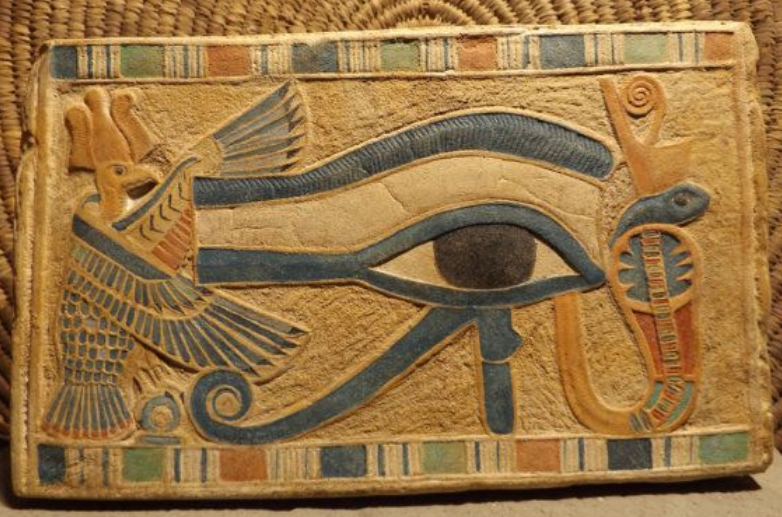

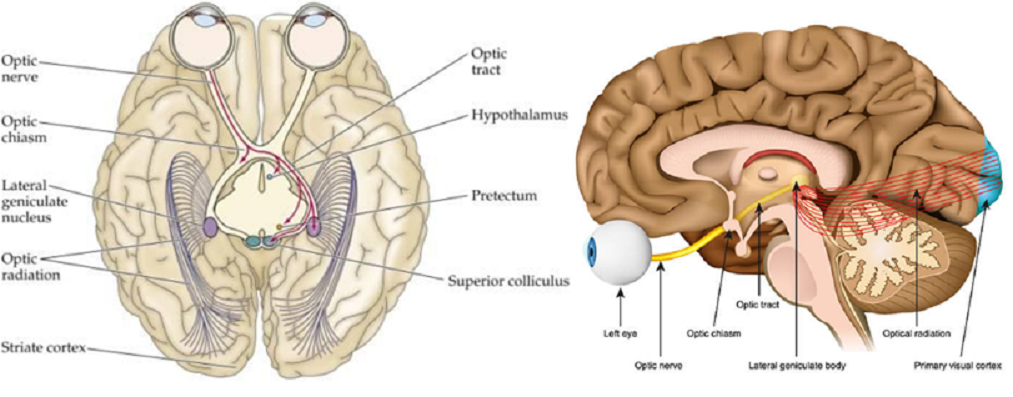
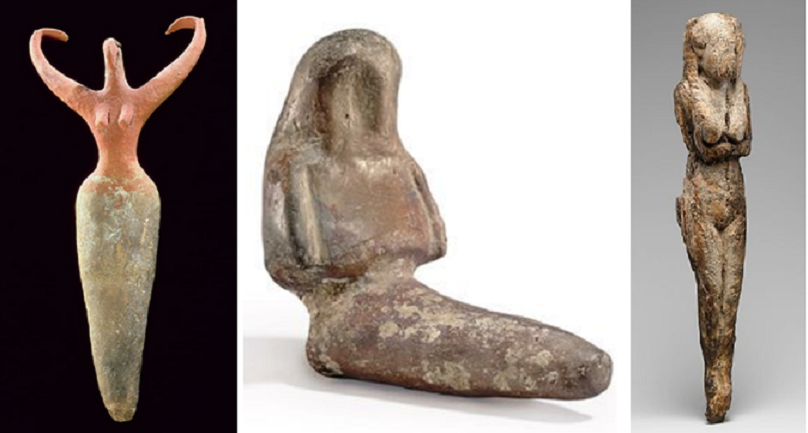
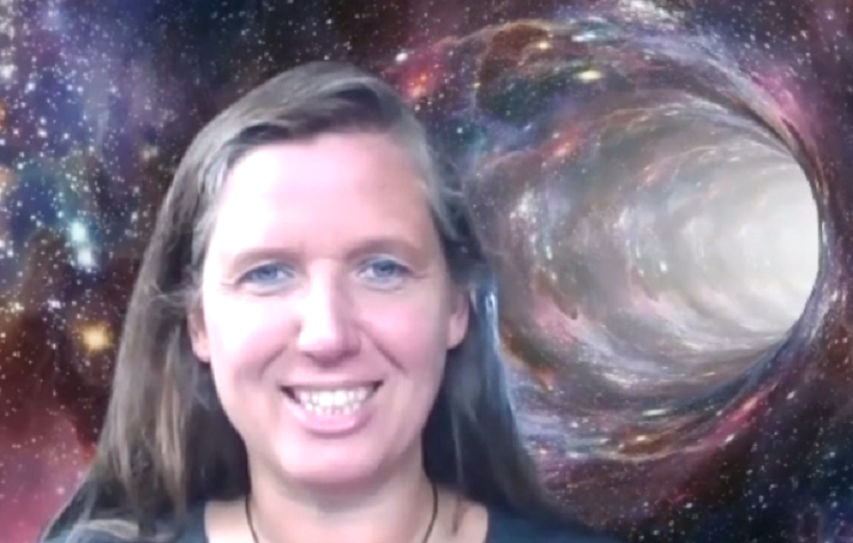
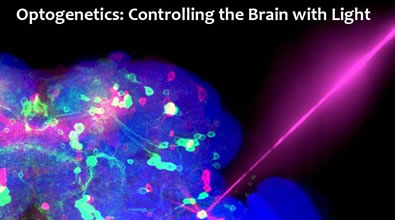
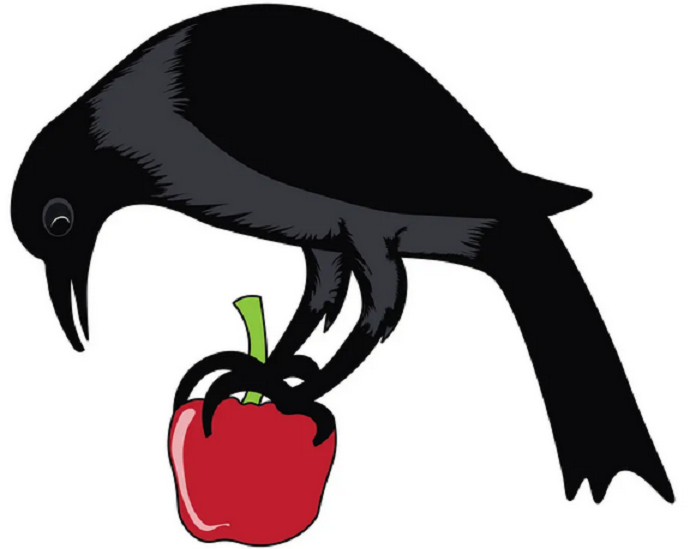
This series was truly fascinating. 1 & 3 were exceptionally insightful for me. It fits snugly with my own inclination that the ‘obese Venuses ‘ point to the Perennial Sophia, symbolised by Odin’s quest of her with his familiars of two ravens acting as the spiritual bridge between. Thank you!
Comment by Seaxwulf the Sperg-Hammer — January 18, 2023 @ 12:17 pm |
Very pleased you enjoyed it, S’wulf!
Comment by jenniferlake — January 19, 2023 @ 4:36 am |
Hi Jenny- I remember you from years ago when I used to listen to Daryl Bradford Smith’s iamthewitness radio show. I know he had to take his site down because of free speech laws, but I was wondering if he’s been interviewed recently. He’s the one who woke me up to all that’s going on. Anyway, if not, please pass along to him a thank you for all of his hard work in getting the truth out. I still share the info I learned from his amazing website Thank you, Amanda
Comment by amanda4321 — March 4, 2023 @ 3:45 am |
Hi Amanda –appreciate your note! No DBS broadcasts anymore but I learned an enormous amount from the experience and will pass on your greetings. I also scrubbed your email from general view, but you’re free to repost and it will stick. Thanks for saying Hi. It means a lot– all the best!
Comment by jenniferlake — March 8, 2023 @ 5:40 pm |